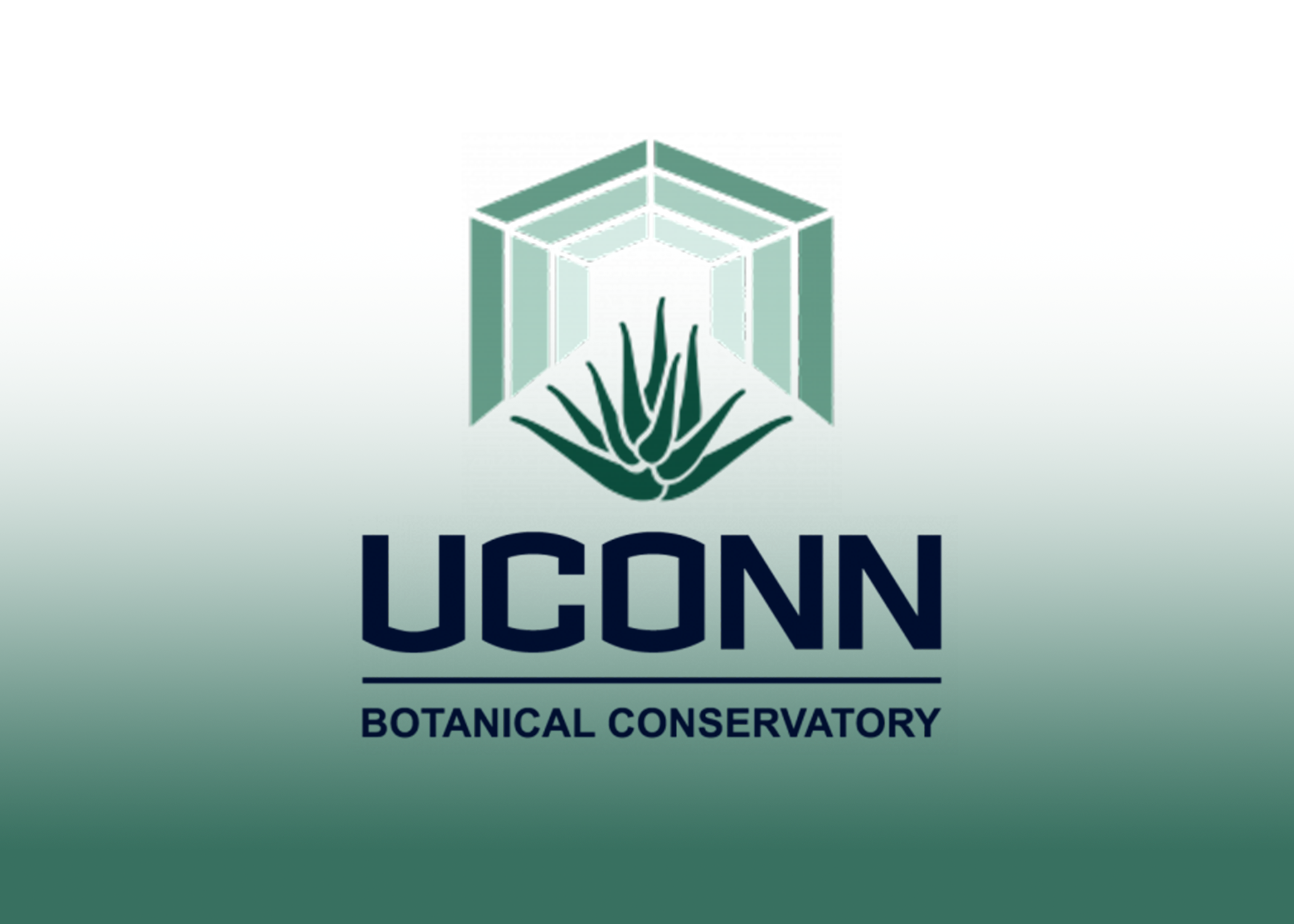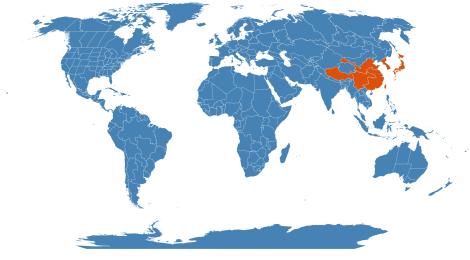Accession Data
Hemerocallis fulva
Common Name: Daylily
Family: Asphodelaceae
Country of Origin: China to Temp. E. Asia
Description: Hemerocallis fulva is an infertile triploid that does not set seed. It spreads by rhizomes. If left unattended, it can form large colonies and is considered an invasive in many areas.
Uses: Medicinal: Diuretic, febrifuge, laxative (mild)[62, 178, 205]. The flowers are anodyne, antiemetic, antispasmodic, depurative, febrifuge and sedative[218]. In China they are used as an anodyne for women in childbirth[240]. An extract of the flowers is used as a blood purifier[240]. The rhizome has shown antimicrobial acivity, it is also tuberculostatic and has an action against the parasitic worms that cause filariasis[279]. It is used in Korea to treat oppilation, jaundice, constipation and pneumonia[279]. The juice of the roots is an effective antidote in cases of arsenic poisoning[205]. The root also has a folk history of use in the treatment of cancer - extracts from the roots have shown antitumour activity[218]. A tea made from the boiled roots is used as a diuretic[205, 218]. (Plants For A Future)
Edible:Leaves and young shoots - cooked[85, 116, 179, 183]. An asparagus or celery substitute. An excellent sweet tasting vegetable[179, K], though some caution is recommended[127, 137]. The leaves need to be eaten whilst still very young since they quickly become fibrous[K]. Flowers - raw or cooked[62, 100]. The petals are thick and crunchy, making very pleasant eating raw, with a nice sweetness at the base because of the nectar[K]. The flowers can also be dried and used as a thickener in soups etc[62, 183]. In this case, they are picked when somewhat withered and closed[85]. A rich source of iron[218]. Flower buds - raw or cooked[62, 100, 105, 116]. A pea-like flavour[85]. Can be dried and used as a relish[178]. The dried flower contains about 9.3% protein. 25% fat!?, 60% carbohydrate (rich in sugar), 0.9% ash. It is rich in vitamin A[179]. Tubers - raw or cooked[183]. A nutty flavour[62]. Young tubers are best, though the central portion of older tubers is also good[85].
Accession Data
USDA Zone: 5a-10b
Accession #: 199900059
Accession Date: 1999-06-07 00:00:00
Bloom Status: 🪴 Not Flowering
Location: 5000
Quantity: 1
Source: Steinbachs - EEB
Classification
Division: Magnoliophyta
Class: Liliopsida
Subclass: monocots
Order: Asparagales
Family: Asphodelaceae
SubFamily: Hemerocallidoideae
Flowering Data:
This accession has been observed in bloom on:| Year | Jan | Feb | Mar | Apr | May | Jun | Jul | Aug | Sep | Oct | Nov | Dec | ||||||||||||||||||||||||||||||||||||||||
|---|---|---|---|---|---|---|---|---|---|---|---|---|---|---|---|---|---|---|---|---|---|---|---|---|---|---|---|---|---|---|---|---|---|---|---|---|---|---|---|---|---|---|---|---|---|---|---|---|---|---|---|---|
| 2025 | ||||||||||||||||||||||||||||||||||||||||||||||||||||
| 2024 | ||||||||||||||||||||||||||||||||||||||||||||||||||||
| 2023 | ||||||||||||||||||||||||||||||||||||||||||||||||||||
| 2022 | ||||||||||||||||||||||||||||||||||||||||||||||||||||
| 2021 | ||||||||||||||||||||||||||||||||||||||||||||||||||||
| 2020 | ||||||||||||||||||||||||||||||||||||||||||||||||||||
| 2019 | ||||||||||||||||||||||||||||||||||||||||||||||||||||
| 2018 | ||||||||||||||||||||||||||||||||||||||||||||||||||||
| 2017 | ||||||||||||||||||||||||||||||||||||||||||||||||||||
| 2016 | ||||||||||||||||||||||||||||||||||||||||||||||||||||
| 2015 | ||||||||||||||||||||||||||||||||||||||||||||||||||||
| 2014 | ||||||||||||||||||||||||||||||||||||||||||||||||||||
| 2013 | ||||||||||||||||||||||||||||||||||||||||||||||||||||
| 2012 | ||||||||||||||||||||||||||||||||||||||||||||||||||||
| 2011 | ||||||||||||||||||||||||||||||||||||||||||||||||||||
| 2010 | ||||||||||||||||||||||||||||||||||||||||||||||||||||
| 2009 | ||||||||||||||||||||||||||||||||||||||||||||||||||||
| 2008 | ||||||||||||||||||||||||||||||||||||||||||||||||||||
| 2007 | ||||||||||||||||||||||||||||||||||||||||||||||||||||
| 2006 | ||||||||||||||||||||||||||||||||||||||||||||||||||||
| 2005 | ||||||||||||||||||||||||||||||||||||||||||||||||||||
| 2004 | ||||||||||||||||||||||||||||||||||||||||||||||||||||
References
- The Plant List (2013). Version 1.1. Accessed 24 February 2015.
- WCSP (2015). World Checklist of Selected Plant Families. Facilitated by the Royal Botanic Gardens, Kew. Accessed 24 February 2015.
- Angiosperm Phylogeny Website at MoBot. Last accessed on Tuesday, 03 December, 2019.
Images

